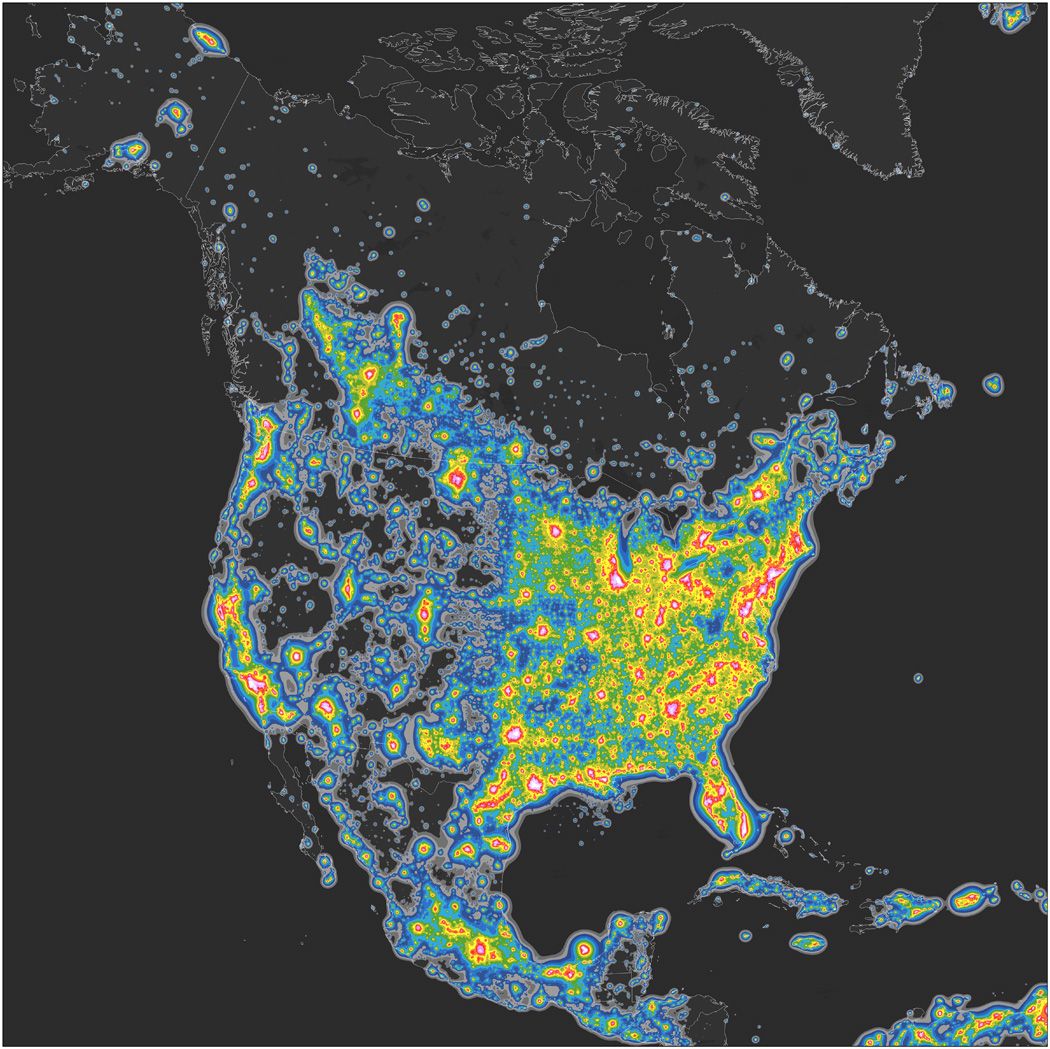How, Where, and When to Watch the Perseid Meteors
If you’re in the right place, all you really have to do is look up.
/https://tf-cmsv2-smithsonianmag-media.s3.amazonaws.com/filer/af/b7/afb7b134-17e3-4e7b-988f-810776496808/perseids_from_the_iss.jpg)
The Perseid meteor shower happens every year around this time, but this year’s show may be particularly good, with a higher number of meteors than usual. That’s because the swarm of leftover comet particles through which Earth is passing has been stirred up by Jupiter’s gravity, and we’re moving through a denser part of the swarm as a result.
NASA predicts there might be as many as 200 meteors per hour visible on the peak night of August 11-12. Note the disclaimer, though: “under perfect conditions.” In other words, actual results may vary.
To improve your chances:
- Go out after the moon has set, which means after midnight in North America.
- Find the darkest (safe) spot you can, away from streetlights and porch lights, or at least shielded from their glare as much as possible. Try to find some place with a lot of sky visible, meaning away from houses and trees that block the horizon.
- Look up (obviously!) but not necessarily straight up. Robert Lunsford of the American Meteor Society suggests focusing your gaze about halfway up from the horizon. Really, once your eyes get acclimated to the dark, you should be able to see meteors coming from practically anywhere.
- Don’t expect the Chelyabinsk fireball. Most meteors last only a few seconds, but at least in a shower you can see lots of them. The objects that create these momentary light shows are no bigger than a grain of sand. Fireballs are more spectacular, but also far more rare.
- Check the forecast for cloud coverage over your viewing spot. No use trudging out in your pajamas if the sky is too cloudy. And you can always try again tomorrow night, although you may not see as many meteors as you would at tonight’s peak.
Unfortunately, it’s getting harder and harder to find a truly dark sky. By one recent estimate, 80 percent of North Americans can no longer see the Milky Way.

One group that won’t have any problem finding a dark sky is the crew of the International Space Station. Yesterday the astronauts were setting up the Meteor experiment, in anticipation of this better-than-usual Perseid shower. Here’s the experiment’s principal investigator, explaining how it works:

